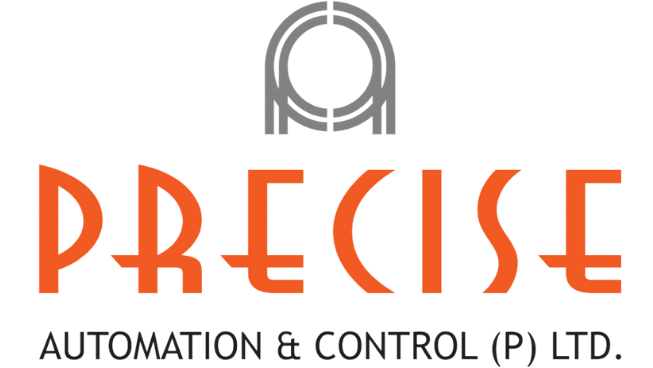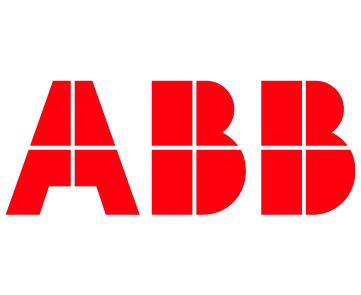Levels & Types of Industrial Automation
Levels of Industrial Automation Process:
There are several ways to describe the levels of an Industrial Automation Process, but the simplest of all is the following hierarchical triangle of three level representation of a typical Industrial Automation Application.
Supervisor Level:
Sitting at the top of hierarchy, the supervisor level usually consists of an Industrial PC, which is usually available as a desktop PC or a Panel PC or a Rack-mounted PC. These PCs run on standard operating systems with a special software, usually provided by the supplier for industrial process control.
The main purpose of the software is process visualization and parameterization. A special industrial ethernet is used for communication, which can be Gigabit LAN or any wireless topology (WLAN).
Control Level:
The Control Level is the mid-level in the hierarchy and this is the level where all the automation related programs are executed. For this purpose, generally, Programmable Logic Controllers or PLCs are used, which provide real-time computing capability.
PLCs are usually implemented using 16-bit or 32-bit microcontrollers and run on a proprietary operating system to meet the real-time requirements. PLCs are also capable of being interfaced with several I/O devices and can communicate through various communication protocols like Profibus, Profinet, Modbus etc.
Field Level:
The terminal equipment like Sensors and Actuators are categorized into Field Level in the hierarchy. The sensors like temperature, optical, pressure etc. and actuators like motors, valves, switches etc. are interfaced to a PLC through a field bus and the communication between a Field Level device and its corresponding PLC is usually based on a point-to-point connection.
Both wired and wireless networks are used for communication and using this communication, the PLC can also diagnose and parameterize various components.
Additionally, an industrial automation process system also requires two major systems. They are:
- Industrial Power Supply
- Security and Protection
The power requirements of different systems in different levels of the hierarchy can be extremely different. For example, PLCs usually run on 24V DC, while heavy motors run on either 1-phase or 3-phase AC.
So, a wide range of proper input power supply is required for a trouble-free operation. Additionally, there should be security for the software being used to control the PLCs as it can be easily be modified or corrupted.
Considering all the above-mentioned levels and their corresponding components, a typical Industrial Automation System will have the following structure.
Types of Industrial Automation Systems:
Now that we have seen a little bit about the layout of a typical industrial automation system, let us proceed with the discussion of the different type of Industrial Automation Systems. Industrial Automation Systems are usually categorized into four types.
- Fixed Automation System
- Programmable Automation System
- Flexible Automation System
- Integrated Automation System
Fixed Automation System:
In a Fixed Automation System, the production equipment is fixed with a fixed set of operations or tasks and there are rarely any changes to these operations. Fixed Automation System is usually used in continuous flow processes like conveyors and mass production systems.
Programmable Automation System:
In Programmable Automation System, the sequence of operations as well as the configuration of the machinery can be changed using electronic controls. This system requires a significant amount of time and effort to reprogram the machines and usually used in batch process production.
Flexible Automation System:
A Flexible Automation System is usually, always controlled by computers and are often implemented where the product varies frequently. CNC machines are the example for this system. The code given by the operator to the computer is unique to a particular job and based on the code, the machine acquires the necessary tools and equipment for the production.
Integrated Automation System:
An Integrated Automation System is a set of independent machines, processes and data, all working synchronously under the command of a single control system to implement an automation system of a production process. CAD (Computer Aided Design), CAM (Computer Aided Manufacturing), computer-controlled tools and machines, robots, cranes and conveyors are all integrated using complex scheduling and production control.
PRECISE AUTOMATION AND CONTROL PVT LTD BOASTS A WIDE ARRAY OF INDUSTRIAL AUTOMATION SOLUTIONS WITH ASSOCIATION INDUSTRIAL AUTOMATION MARKET LEADER ABB SINCE 1999.
FOR MORE PROJECTS…
https://www.preciseautomation.in/project-work/
FOR QUOTATION…
https://www.preciseautomation.in/get-a-quote/
FOR CONTACT…
https://www.preciseautomation.in/contact/
STAY TUNED FOR OUR NEXT BLOG| MAIN COMPONENTS OF INDUSTRIAL AUTOMATION


Leave a Reply